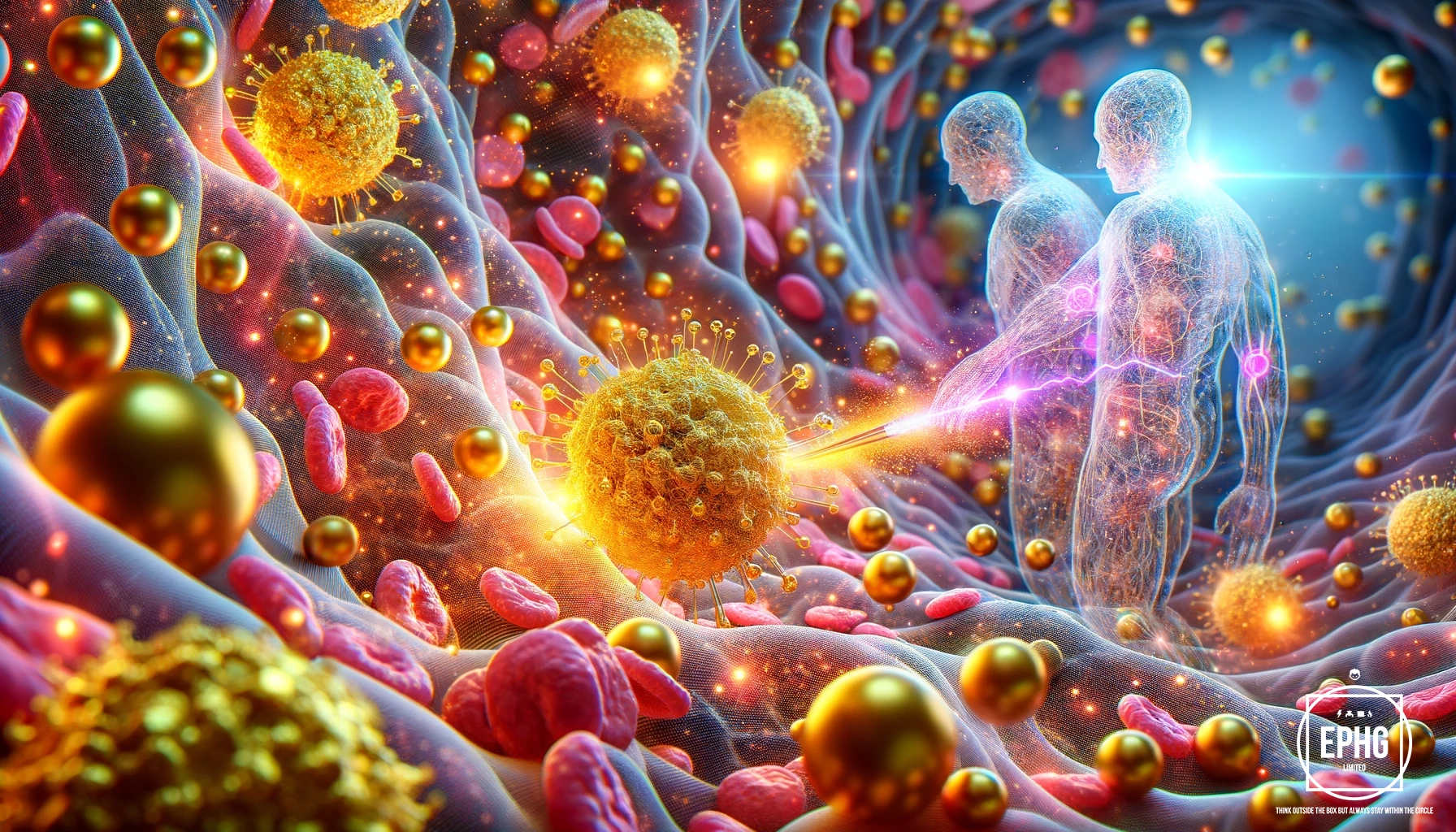The Timeless Luster of Gold (Au): A Comprehensive Guide
Welcome to an illuminating journey through the ages, exploring one of the most coveted elements on Earth - Gold (Au). Known for its dazzling luster and unrivaled ductility, gold has captivated human interest for millennia. This article delves deep into the heart of gold's enduring legacy, its discovery, its pivotal role in the periodic table, and its multifaceted applications in science, technology, and the global economy.
Discovery and Historical Significance
Gold, symbolized as Au (from the Latin 'aurum' meaning 'glowing dawn'), has a rich history that dates back to ancient civilizations. Its discovery is believed to have occurred around 6000 BC, making it one of the first metals to be used by humans. The allure of gold led to the early establishment of mining operations in Nubia, Egypt, and the subsequent gold rushes that shaped economies and societies worldwide.

Gold in the Periodic Table and Science
Positioned in the periodic table among the transition metals, gold boasts the atomic number 79. It stands out for its exceptional resistance to corrosion and oxidation, making it a precious resource not just in jewelry making but also in various scientific applications. From electronics to medicine, gold's unique properties, such as excellent conductivity and biocompatibility, render it indispensable in advancing technology and health solutions.
Economic and Cultural Value
The economic significance of gold cannot be overstated. As a key asset in investment portfolios, gold acts as a hedge against inflation and currency devaluation. Beyond its economic value, gold holds profound cultural significance, symbolizing purity, value, and status across different cultures and ceremonies.

Gold's Role in Modern Technology and Sustainability
Today, gold's application extends into modern technology and sustainable solutions. Its conductive properties are vital in electronics, and its non-toxicity is leveraged in green technologies. As the world strides towards sustainable practices, recycling gold from electronic waste becomes increasingly important, highlighting gold's role in a circular economy.
From its ancient allure to its modern applications, gold continues to play a crucial role in our world. As we uncover more about this precious metal, its journey from the stars to our society remains a testament to human ingenuity and the relentless pursuit of progress. Explore more about gold and other elements in the periodic table and join us in marveling at the wonders of our universe.

How Gold Is Formed
Gold is believed to have been formed from supernova nucleosynthesis and then distributed into space when stars exploded. On Earth, gold is commonly found in its native and free elemental form, as nuggets or grains in rocks, in alluvial deposits, or dissolved in water. Gold is typically mined from lode deposits, placer deposits, and as a by-product of copper and silver mining.
Major Gold Mines and Associated Resources
Some of the world’s largest gold mines include:

- South Deep (South Africa) - Also a major source of uranium.
- Grasberg Mine (Indonesia) - Rich in copper and silver.
- Cortez (USA) - Primarily a gold deposit, with minor amounts of other minerals.
- Muruntau (Uzbekistan) - Notable for its sheer volume of gold extraction.
- Carlin Trend (USA) - Also yields significant quantities of silver.
Gold is often found alongside other valuable minerals such as silver, copper, and quartz.
Modern Uses of Gold
Today, gold's applications are incredibly varied:
- Jewelry: Gold has been used for millennia to craft jewelry, a tradition that continues robustly today.
- Finance: Gold is a popular form of investment, often used as a hedge against economic instability.
- Electronics: Due to its excellent conductivity, gold is crucial in high-end electronics for reliable, corrosion-resistant connections.
- Medicine: Gold compounds are used in treatments for certain types of arthritis and in various diagnostic tools.
- Aerospace: Gold is used in spacecraft to stabilize temperature and reflect infrared radiation.
The Future of Gold

As science advances, the potential applications for gold are expanding:
- Nanotechnology: Gold nanoparticles are used in research to target and treat diseases, including cancer.
- Energy: Research is ongoing into using gold in solar panels to improve the efficiency of converting sunlight into electricity.
- Environmental Management: Gold is being studied for its potential use in pollution control technologies to capture toxic compounds from waste streams.
From its ancient allure to its modern applications, gold continues to play a crucial role in our world. As we uncover more about this precious metal, its journey from the stars to our society remains a testament to human ingenuity and the relentless pursuit of progress. Explore more about gold and other elements in the periodic table.














